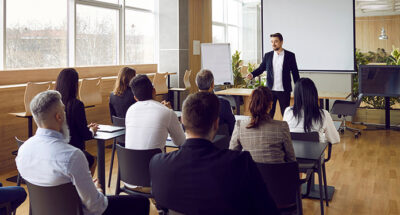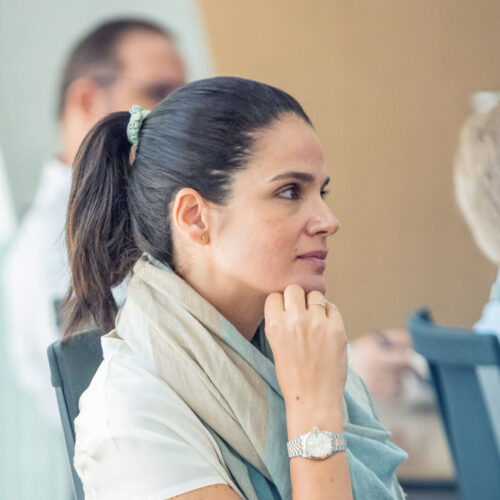Retail strategy tests courage, stamina, and agility at Nike
Nike pursued a dual-focus strategy of selling sports and street fashion shoes and apparel as a business-to-business company. In the absence of its own manufacturing plans, it engaged smaller-scale suppliers to manufacture products and sold them wholesale through brick-and-mortar retailers and via e-sales platforms globally. In 2016, it took control of its e-commerce offering and launched Nike.com, where it controlled the look and feel – and the relationship with its customer community. As B2B sales still generated the lion’s share of revenue, it had a slow start.
By 2020, however, it had flagship stores in key strategic locations and e-sales of $5.5bn – $4bn higher than in 2016. The Nike.com sales platform was crucial to the company’s success during COVID-19, when lockdowns severely limited sales via traditional retail outlets. It then produced an app with special functionality in its physical stores and online, thus building a community of Nike fans and delivering insights from the app’s invaluable sales and behavioral data.
By 2023, Nike’s direct-to-customer sales through stores and e-commerce had reached more than $20bn, representing 40% of the company’s total revenues, while it had cut 50% of its wholesale accounts since 2018. Also, in what was a challenging year, in 2022, Nike maintained a higher financial market confidence despite a 38% drop in its share price. Competitor Adidas fell 58% over the same period.
Nike’s outperformance and resilience are due to the courage of the leadership in creating an e-commerce channel when its sales through wholesaler channels were strong and remained dominant for many years. Maintaining investment levels in the e-commerce platform required stamina and, crucially, a shared vision for the twin-track future of the Nike brand and its routes to market that put the trade-offs between the channels in a broader context. The company’s ability to pivot to online sales during COVID provided resilience for the whole business.
Nike continues to transform as it again increases partnerships with wholesalers. In an investor presentation last year, Daniel Heaf, Nike’s VP of Nike Direct, said: “People always ask me: Are you a direct business or a wholesale business? And the truth is we’ve chosen both.”
We rank Nike top in the IMD Future Readiness Indicator – fashion brands.
The pharma, technology, CPG, auto, and finance rankings are available here.










 Audio available
Audio available
